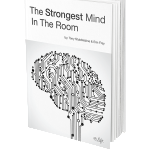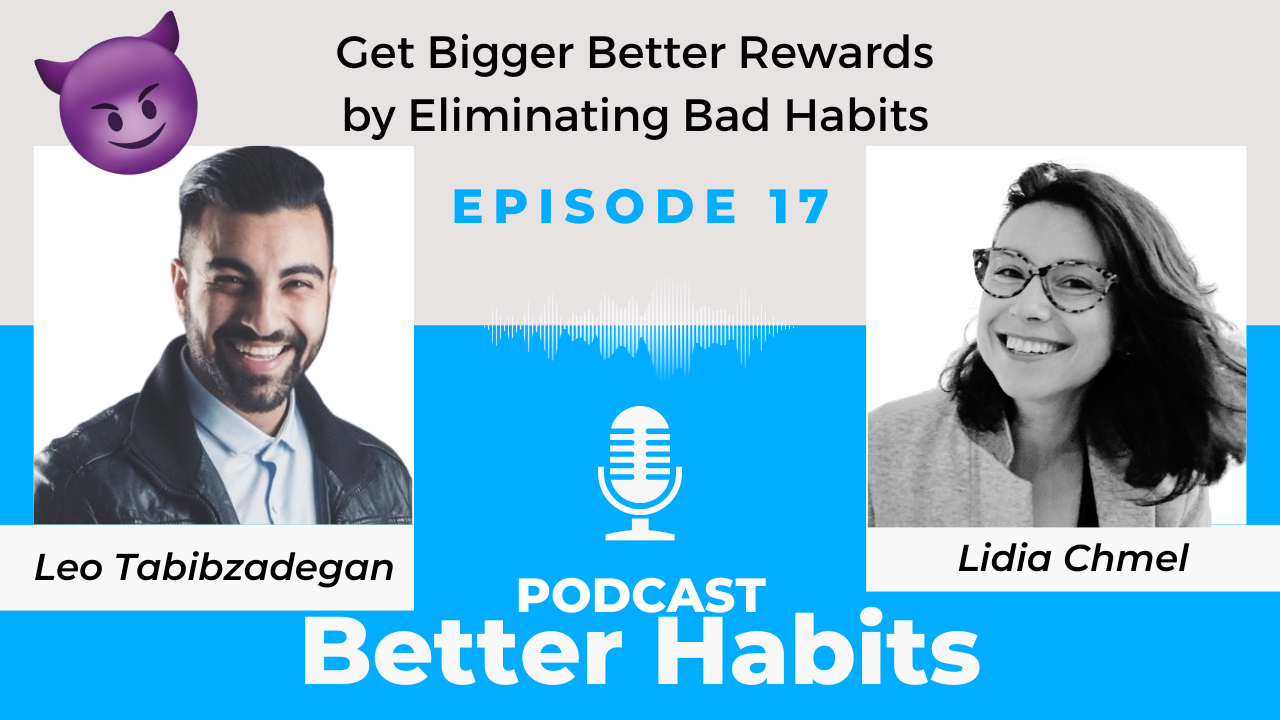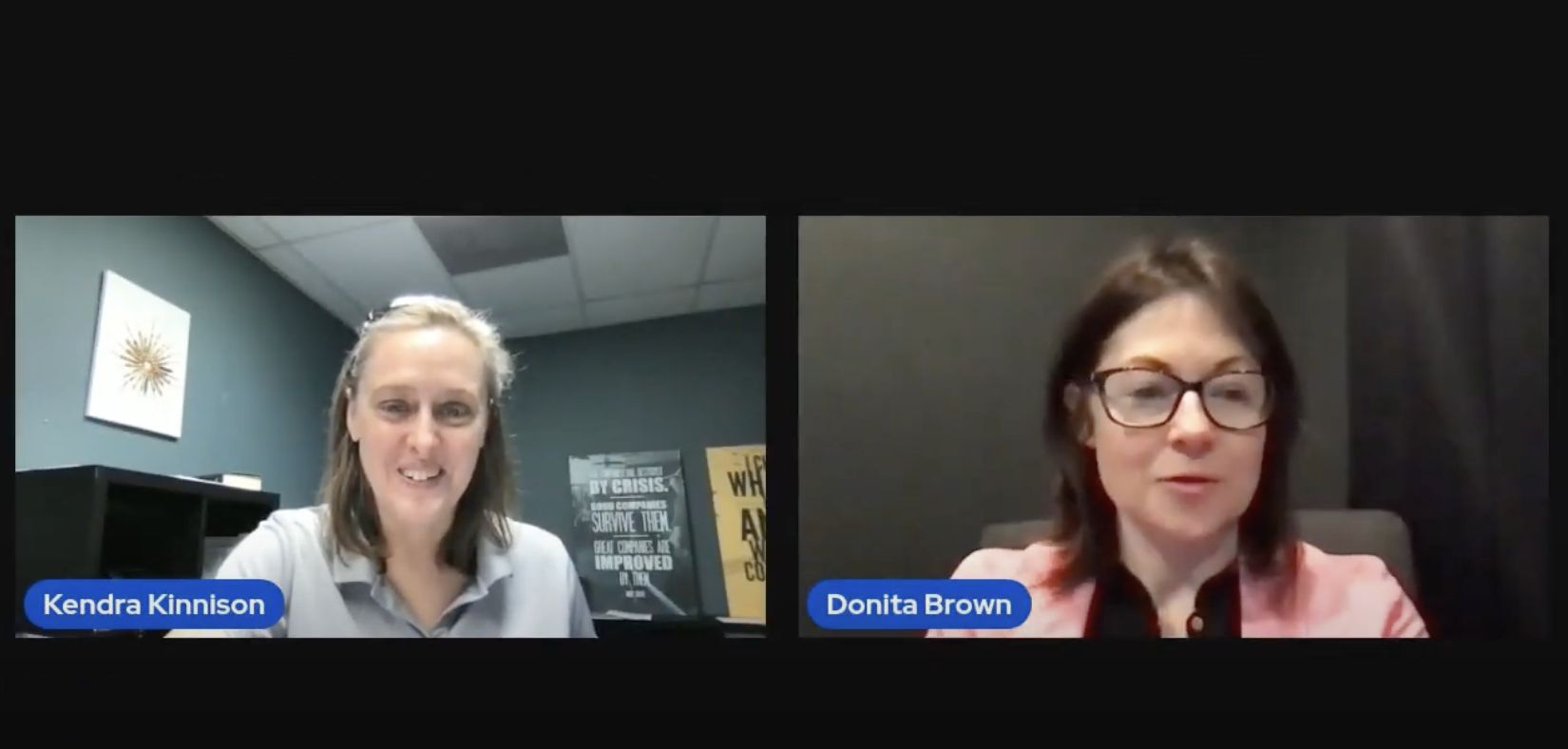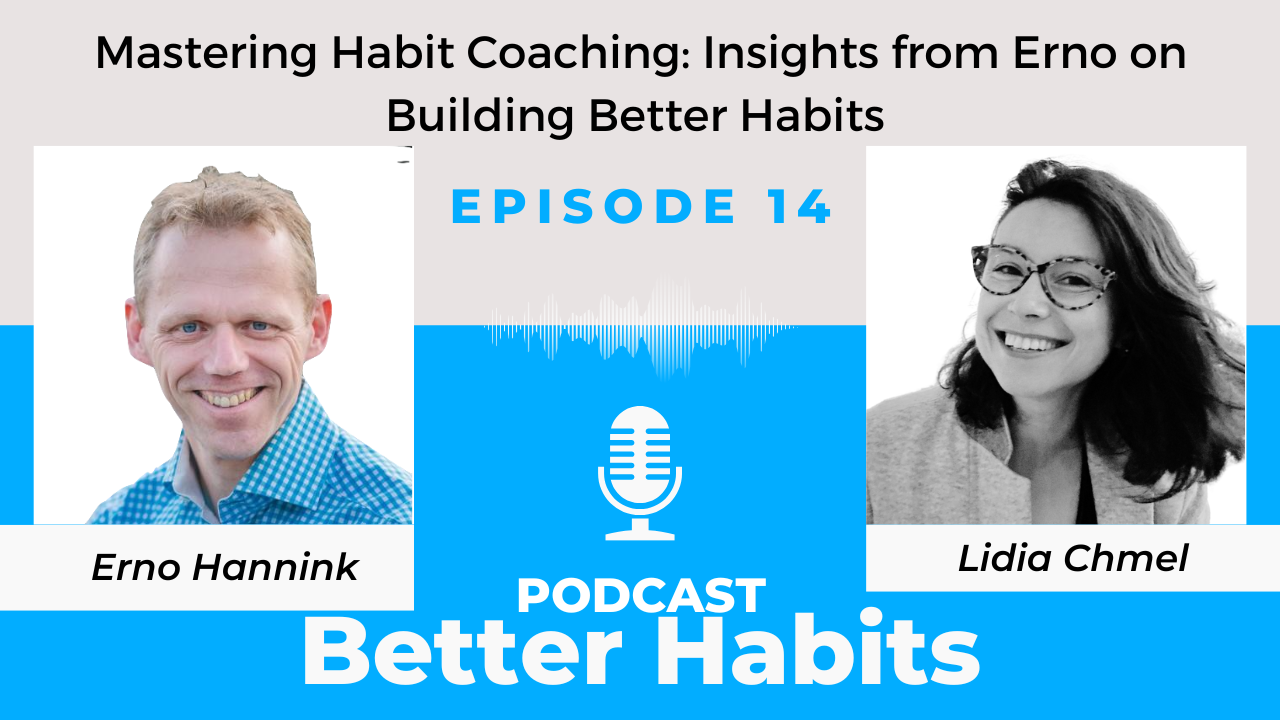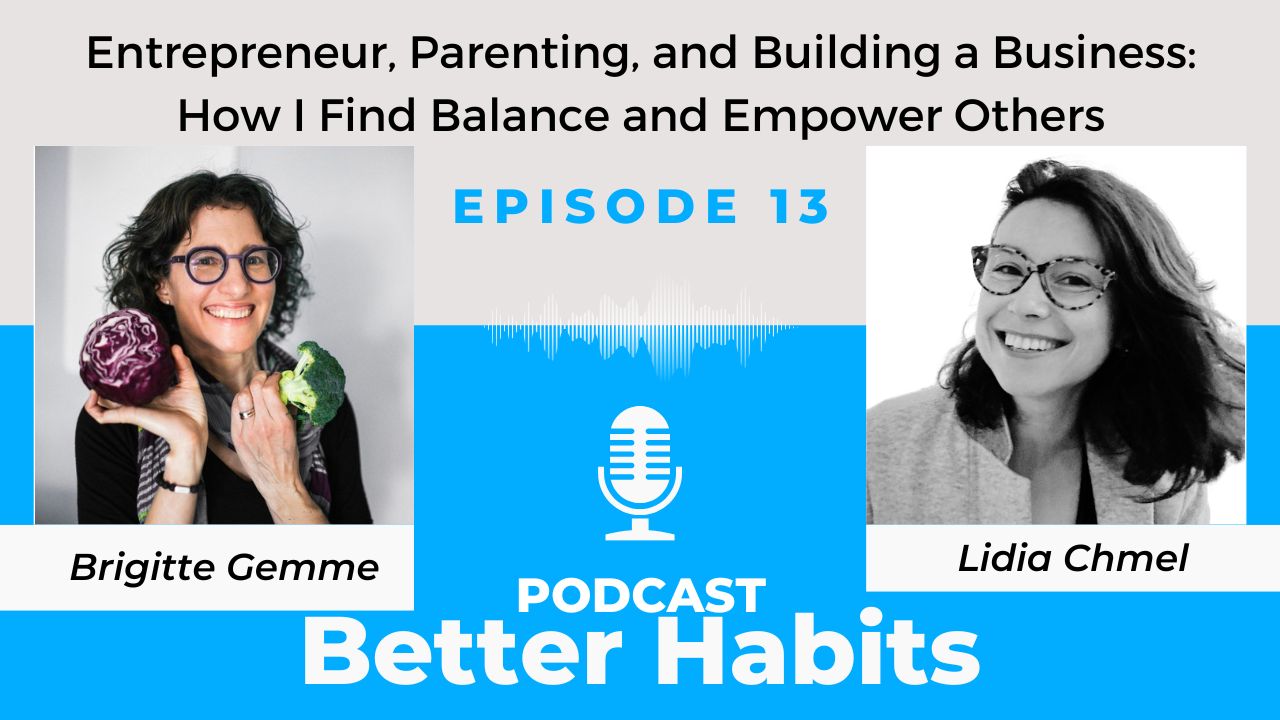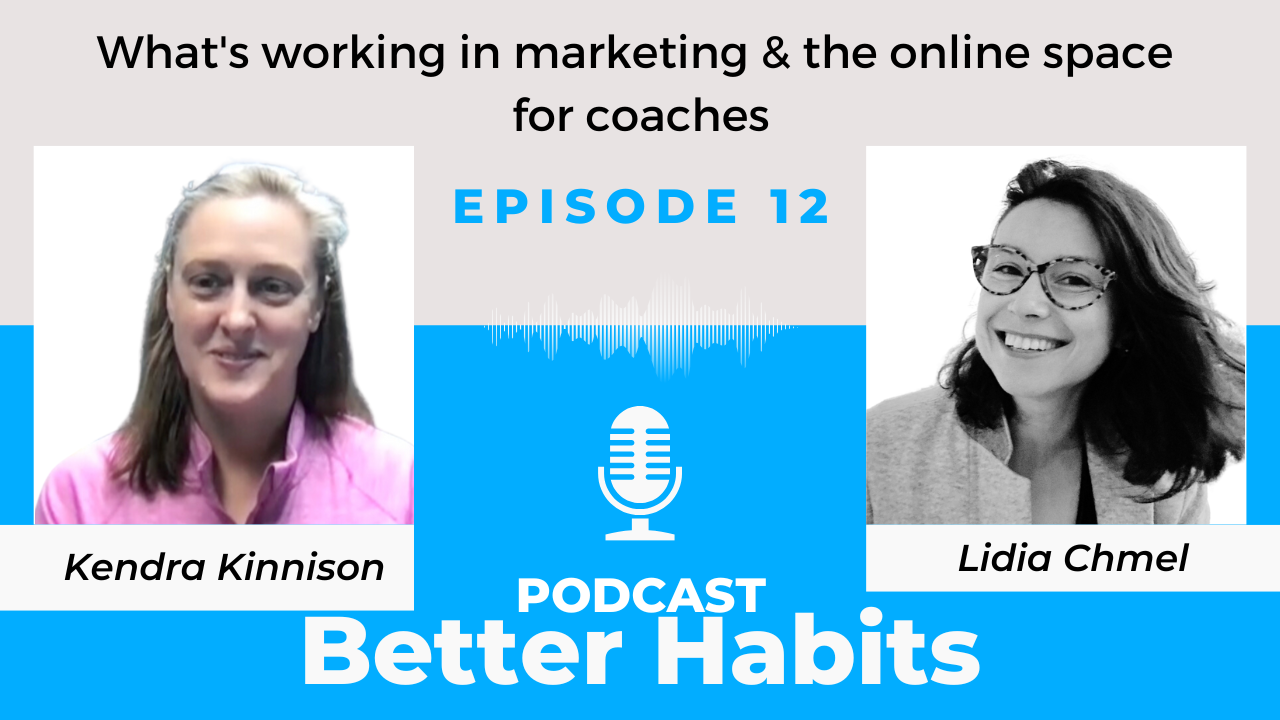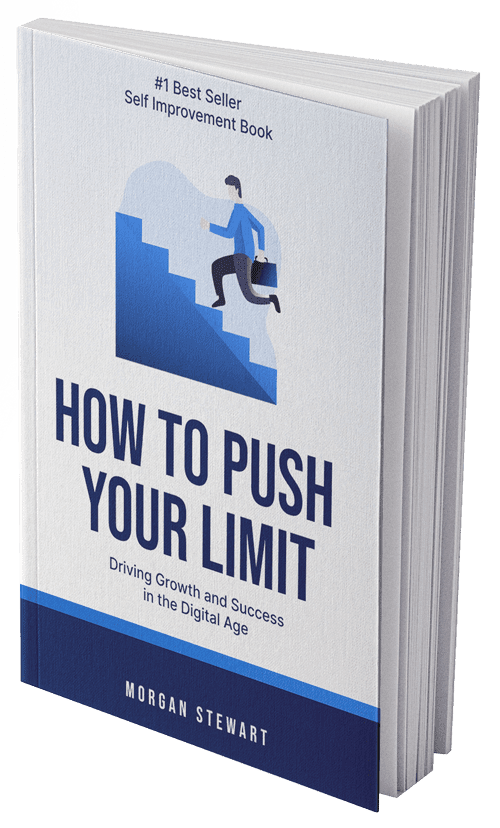“Athletic coaches are fond of saying “visualize the win.” As a former college athlete the mind/body connection was crucial to performance. Professional performance is no different.”
Lauren Fritsch coaches corporate leaders and celebrities as founder of TCC Consulting Group. She started using meditation with her clients in 2007 and has seen the practice change lives and resolve conflicts more effectively than traditional methods. She shared with us how she uses meditation with her clients and the success stories that she’s seen.
When did you start using meditation with your clients?
I’ve been using meditation (mostly in the form of guided visualizations) with my 1:1 clients since 2007. With my corporate clients it took some courage on my part to bring that element in because I didn’t want to be perceived as “fluffy” or otherwise too new age. I facilitated my first meditations/visualizations in corporations in 2012.
The reasons for using meditation/visualization is different for different situations. I find that sometimes analytical minds can actually keep clients from coming to healthy and rational conclusions. In incredibly stressful meetings, meditation can bring the participants out of fight or flight mode and calm their cortisol and adrenaline responses so that they can access parts of the brain that function better when the body is calm.
What meditation routines do you use with your clients?
One of the simplest techniques simply involves a short guided breathing exercise. It’s technically meditation but feels more accessible to most people. We spend a lot of our time breathing shallowly, and focusing on breath gives something for the mind to focus on (instead of running ahead to a bunch of other topics) while simultaneously allowing the body to relax.
If I find that a particular group needs a time out, then a guided visualization can be more effective because it’s also a chance to help them see possibilities while in a contemplative state that they wouldn’t normally entertain with their eyes open.
Can you tell me a story about how meditation improved someone’s leadership?
I had a CEO client who, in my first few strategic planning meetings with his team, belittled, talked down to and otherwise used disempowering language and tone to communicate. When I had had enough, I used a combination of a breathing meditation, guided visualization and anecdotal story to illustrate the importance of treating one another with respect.
In the past, I would have saved some candid feedback for a 1:1 with the CEO himself, but in that moment I knew that if I allowed his behavior to continue then I would also lose my leverage with the team. If I humiliated the CEO in front of his team, then the biggest catalyst for company-wide change would also be compromised.
The meditation practice built a bridge and effectively ended the CEO’s unpleasant behavior while I earned respect from both him and the team, making my job a lot easier going forward.
Do you think meditation gives you a competitive edge? Why?
Absolutely. Athletic coaches are fond of saying “visualize the win.” You could practice your free throws or you could practice some free throws and visualize some free throws and the combo is going to give you better results than practice alone. (Let me know if you want the study on that.)
As a former college athlete the mind/body connection was crucial to performance. Professional performance is no different.
It’s no surprise that top performers in the business game are coming out of the meditation closet. It’s an essential tool for many incredibly successful people. Even without the documented health and creativity and innovation benefits, having a daily meditation practice is yet another chance to build your discipline muscle, which means that you’re even more likely to keep the promises (goals) you make to yourself and others. That alone is a recipe for greater success.

